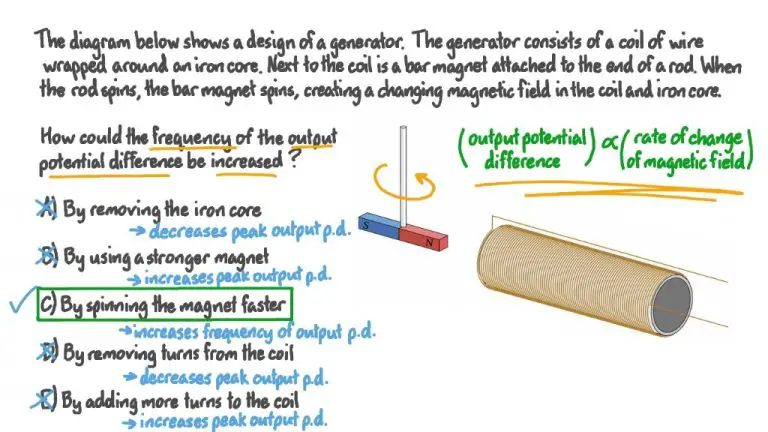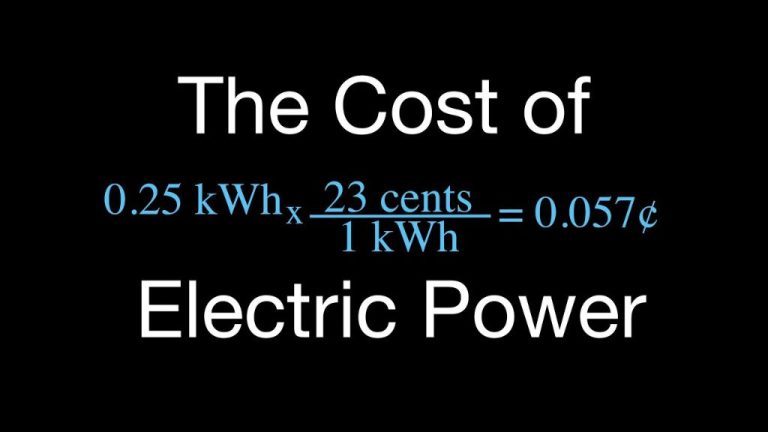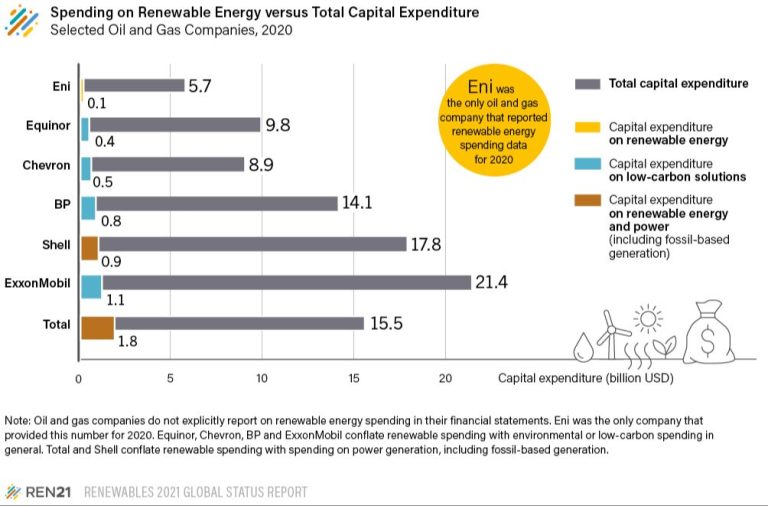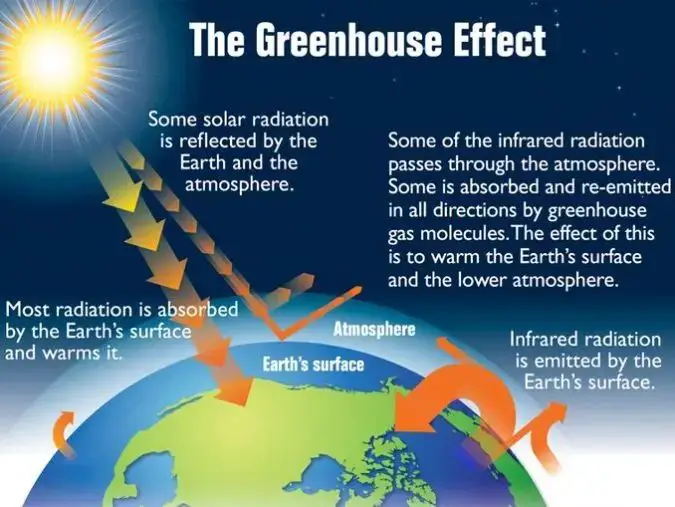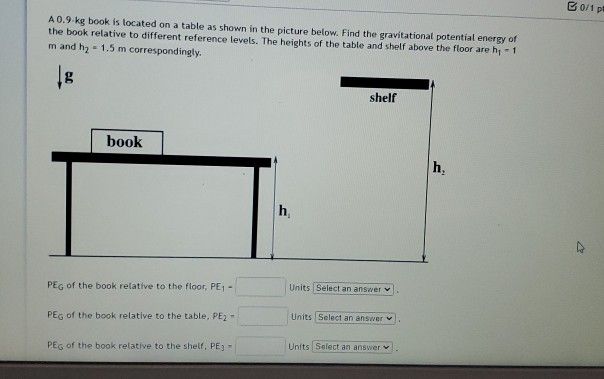Where Do You Get Energy From To Make Object Move?
Energy is the ability to do work or cause motion. When an object moves, it has kinetic energy. This kinetic energy comes from transforming energy from one form into kinetic energy that allows the object to move. There are many different forms of energy that can be transformed into kinetic energy. The goal of this article is to understand the main sources that provide the energy to make objects move.
Kinetic Energy
Kinetic energy is the energy of motion. All moving objects possess kinetic energy that increases along with the speed of motion. For example, a car moving at 10 mph has more kinetic energy than the same car at 5 mph. This concept can be explained through Newton’s laws of motion, which state that a moving object will continue moving in the same direction unless acted on by an outside force. The amount of kinetic energy depends on both the mass and velocity of the moving object. Kinetic energy is directly proportional to mass – a heavier object moving at the same speed as a lighter object will have greater kinetic energy. Kinetic energy also increases exponentially as velocity increases. Doubling the velocity of an object will quadruple its kinetic energy. This is why cars moving at high speeds have enormous kinetic energy that makes collisions so destructive. In order to bring a moving object to rest, its kinetic energy has to be transferred elsewhere or transformed into another form of energy through the application of an external force.
Kinetic energy powers many useful applications. For example, wind turbines capture the kinetic energy of moving air to generate electricity. Flowing water’s kinetic energy can spin hydroelectric turbines. Many sports rely on kinetic energy, like a bowling ball knocking down pins or a kicked soccer ball moving toward the goal. On a chemical level, kinetic energy allows molecules to react and enables heat transfer. Overall, kinetic energy is a fundamental form of mechanical energy vital for motion and thermodynamics in our world.
Potential Energy
Potential energy is the stored energy an object has due to its position or shape. For example, a ball held at a height above the ground has potential energy due to gravity’s influence on its elevated position. As gravity pulls it down, this potential energy gets converted to kinetic energy, which allows it to smash into the ground. Other examples are a compressed spring that is ready to expand, stretched rubber band, raised weightlifter’s arms, or water stored at a height behind a hydroelectric dam. In each case, there is energy ready to be released when the object’s configuration changes. This energy of position can be calculated as the object’s mass multiplied by the height it is raised and the force of gravity. Heavier objects positioned higher above their lowest potential energy state will have greater amounts of potential energy.
Chemical Energy
Chemical energy is the potential energy stored in the bonds between atoms and molecules. Certain substances like food, fuel, and batteries contain chemicals with unstable bonds. When these bonds are broken, chemical energy is released, which can be used to do work.
For example, food contains large organic molecules like carbohydrates and fats. When digested, the chemical bonds in these molecules are broken down, releasing energy that cells can use. Batteries also contain chemicals that react to produce electricity, which powers devices. The energy in batteries comes from the chemical reactions involving metals and acids/bases.
So chemical energy stored in materials can be readily converted into kinetic energy to create motion and do work. This makes it a convenient way to store and transport energy. We rely on chemical energy sources like food, fuel and batteries to power many essential processes in our daily lives.
Thermal Energy
Thermal energy comes from the kinetic energy of atoms and molecules in matter. All matter is made up of tiny particles that are constantly vibrating and moving. The faster these particles move, the higher the thermal energy and temperature of the matter. This motion is called thermal molecular motion.
Temperature is a measure of the average kinetic energy of the particles. As thermal energy increases, the particles vibrate and move faster, colliding with each other more frequently. This increases their kinetic energy. Higher temperatures mean the particles have more kinetic energy on average.
We can feel this molecular motion as heat. Thermal energy flows from matter at higher temperatures to matter at lower temperatures until equilibrium is reached. This is called heat transfer. Sources of thermal energy include the sun, geothermal energy from inside the Earth, and heat from nuclear reactions.
Nuclear Energy
Nuclear energy refers to the tremendous amount of energy stored within the nucleus of atoms. There are two main ways this nuclear energy can be harnessed: nuclear fission and nuclear fusion.
Nuclear fission involves splitting the nucleus of a large atom into smaller nuclei, releasing a large amount of energy in the process. This process is used in nuclear power plants, where uranium atoms are split to generate heat and electricity. The fission of uranium atoms produces neutrons that can cause other uranium atoms to split, creating a chain reaction that continues releasing energy. Nuclear fission reactions produce radioactive waste products that must be carefully contained.
Nuclear fusion occurs when two light atomic nuclei fuse together to form a heavier nucleus, converting some of the mass into energy. Fusion is the process that powers stars like our sun. Scientists are researching ways to control nuclear fusion reactions to use as an abundant, clean energy source on Earth, but the technology is still in early development stages. Compared to fission, fusion reactions release 3-4x more energy and produce little radioactive waste. If harnessed, nuclear fusion could provide an extremely efficient form of nuclear energy.
Electrical Energy
Electrical energy results from the movement of electrons, which are tiny negatively charged particles found within atoms. Electrons can move through materials that conduct electricity, like metals. When electrons move, they create a current of electricity. This electrical current contains energy that can be used to power devices and appliances.
For example, batteries contain chemicals that react and cause electrons to flow through the wires and components of a device. This electron flow allows the device to operate. Generators and power plants use mechanical energy like wind, water, steam or heat to make electrons move through power lines to supply electricity to homes and businesses.
The movement of electrons creates an electrical charge that powers lights, motors, computers and anything else that runs on electricity. So in summary, the energy that allows electrical devices to operate comes from electrons moving through the wires and components that make up the device’s electrical system.
Sound Energy
Sound is a form of energy that is produced by the vibration or movement of objects. When an object vibrates, it causes oscillations and waves in the air particles around it. These waves, known as sound waves, radiate outward from the source and can be detected by the ear. The vibration and movement of the air particles is what carries the energy of the sound.
On a microscopic level, sound is produced when an object causes collisions between the molecules in the air. These molecular collisions set off a chain reaction, bumping into neighboring air particles and transporting the energy wave through the medium (air). The vibration creates areas of high and low pressure known as compressions and rarefactions. These pressure fluctuations are what the ear senses as sound.
The amount of energy in a sound wave determines its amplitude or loudness. Higher energy equates to a more forceful vibration and greater pressure variations, resulting in louder volume. The frequency or rate of vibration determines the pitch of the sound. A higher frequency with more oscillations per second is perceived as a higher pitched sound.
In summary, sound energy originates from a vibrating object that sets particles in the surrounding medium into oscillation, creating waves that carry energy through the collisions between particles. The vibration and movement of the particles transmits the energy, allowing it to travel away from the source as an audible sound wave.
Light Energy
Light energy is a form of radiant energy that allows us to see the world around us. Light behaves like both a particle and a wave. It travels in the form of electromagnetic waves, which are disturbances in electric and magnetic fields. Light waves do not require a medium like air or water to travel through, and can move freely through the vacuum of space.
Light energy is carried by massless packets of energy called photons. Photons carry electromagnetic energy at different wavelengths, which our eyes perceive as different colors. Photons travel incredibly fast – around 186,000 miles per second. This allows light from the sun to reach Earth in just over 8 minutes, transmitting the radiant energy that powers life on our planet.
The energy carried by photons gets absorbed by electrons in atoms and molecules. This excites the electrons into higher energy states. As the electrons relax back down, they release photons, converting the light energy into other forms of energy that can do work. This is how solar cells convert light energy into electricity.
Overall, light energy’s ability to travel long distances and deliver packets of energy in the form of photons makes it uniquely suited for transmitting energy across space. Our eyes evolved to detect a small slice of the electromagnetic spectrum, allowing us to harness light’s energy to observe the world around us.
Conclusion
To summarize, there are many different types of energy that allow objects to move. Kinetic energy is the energy of motion that objects have due to their velocity. Potential energy is stored energy that objects have due to their position or chemical composition. Chemical energy is energy stored in the bonds between atoms and molecules that can be released in chemical reactions. Thermal energy is the total kinetic and potential energy of all the atoms and molecules in an object. Nuclear energy is the energy stored in the nucleus of an atom that can be released in nuclear reactions. Electrical energy is energy due to electric charge that allows the flow of electricity. Sound energy is the energy of pressure waves that allows sound to travel. Light energy is the energy of electromagnetic waves that allows light to travel.
In conclusion, we get energy from many different sources, stored in the bonds between atoms, the motion of particles, the position of objects, electric charge, and electromagnetic waves. All these forms of energy can be transferred and transformed to create motion. Understanding the different ways we harness energy is key to utilizing them to power our modern world.

